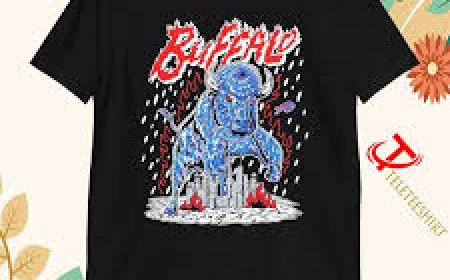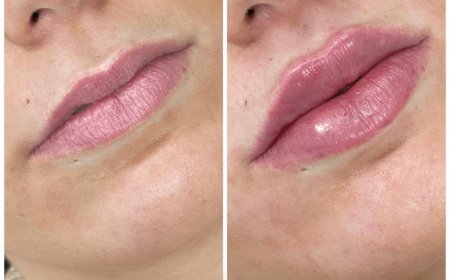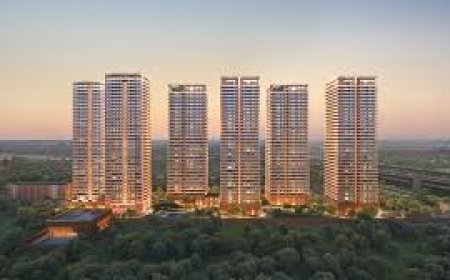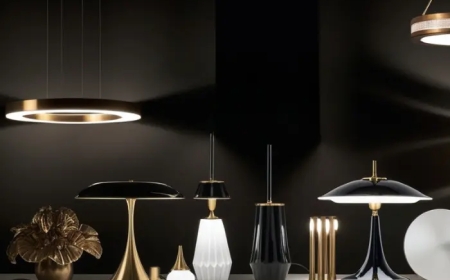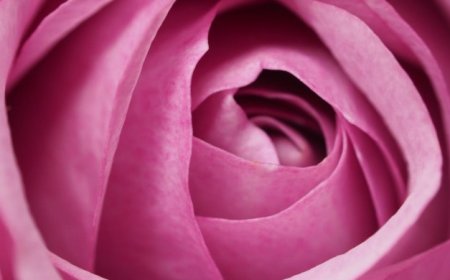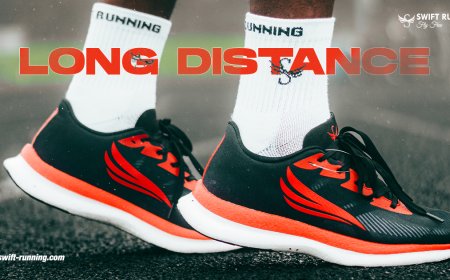Pakistani Clothes: Style and Identity
Pakistani clothing is often defined by its elegance and intricate detail. Each province in Pakistan has its own unique dress code influenced by historical, ethnic, and climatic factors.
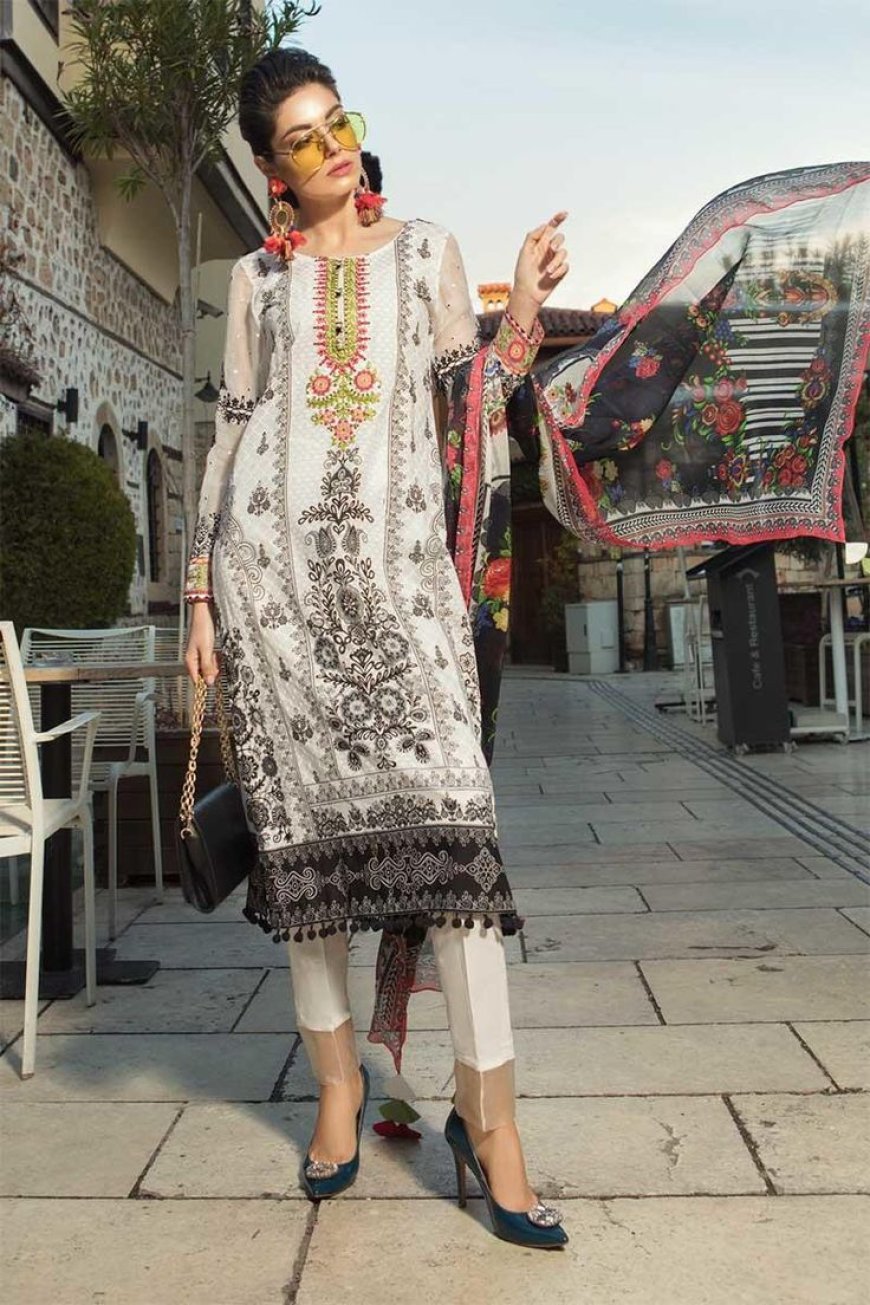
Pakistani clothes are a beautiful embodiment of tradition, heritage, and modern fashion. Rooted in centuries of cultural evolution, the attire of Pakistan reflects the countrys regional diversity, climate, religious values, and vibrant textile industry. From the hand-embroidered kurtas of Punjab to the mirror-worked garments of Sindh, Pakistani clothes showcase the artistic flair and craftsmanship of generations past and present. In recent years, Pakistani fashion has gained global recognition, becoming a go-to style for both ethnic occasions and contemporary wear.
Traditional Pakistani Clothing: A Cultural Treasure
Traditional Pakistani clothing is often defined by its elegance and intricate detail. Each province in Pakistan has its own unique dress code influenced by historical, ethnic, and climatic factors. The most iconic traditional attire is the shalwar kameez, worn by both men and women. This outfit consists of a long tunic (kameez) paired with loose-fitting trousers (shalwar), offering comfort and versatility.
In Punjab, women often wear brightly colored kameez with phulkari embroiderya centuries-old art form using silk thread. Sindhi traditional dresses feature intricate mirror work and bandhani (tie-dye) techniques. In Balochistan, the dresses are characterized by heavy embroidery and long flowing silhouettes, while Khyber Pakhtunkhwa embraces more modest cuts with subtle detailing.
Pakistani Bridal Wear: A Vision of Splendor
Bridal wear in Pakistan is a category of its own, known for its opulence and intricate craftsmanship. Pakistani brides traditionally wear lehenga choli, gharara, or maxi gowns, often in deep reds, golds, and pastels. These outfits are heavily embellished with zari, zardozi, gotta, and dabka embroidery.
The bridal look is completed with statement jewelry, elaborate makeup, and a richly embroidered dupatta draped over the head. Designers like HSY, Maria B, and Nomi Ansari have transformed bridal fashion into a booming industry, offering customized couture collections that blend traditional aesthetics with contemporary flair.
Everyday Pakistani Fashion: The Rise of Ready-to-Wear
As lifestyles become more fast-paced, theres a growing demand for ready-to-wear or pret clothing in Pakistan. These outfits are stylish, practical, and cater to the modern working woman. Brands like Khaadi, Sana Safinaz, and Gul Ahmed have revolutionized the clothing scene by offering seasonal collections in stores and online.
Pret wear usually includes kurtis, two-piece and three-piece suits, tunics, and straight trousers. Fabrics such as lawn, cotton, cambric, and khaddar dominate this segment depending on the season. Light embroidery, digital prints, and trendy cuts make these clothes suitable for daily wear, work, and semi-formal gatherings.
Pakistani Formal Wear: Where Tradition Meets Glamour
For festive occasions such as Eid, weddings, or formal dinners, Pakistani formal wear is the ultimate choice. These outfits blend the richness of traditional designs with modern tailoring. Popular garments include angarkhas, anarkalis, sharara suits, palazzo suits, and front-open jackets.
Heavily embellished with pearls, sequins, and handwork, these outfits come in luxurious fabrics such as silk, chiffon, velvet, and organza. The color palette is equally diverseranging from classic blacks and golds to soft pastels and jewel tones.
Mens Pakistani Fashion: Sophistication in Simplicity
Pakistani mens clothing has evolved from being purely traditional to integrating global fashion elements. The shalwar kameez remains the staple, especially for formal and religious occasions, but now with slim cuts and designer touches.
Kurta pajamas, waistcoat suits, and sherwanis are widely worn during weddings or special events. Designers like Amir Adnan and Deepak Perwani have modernized mens fashion in Pakistan with their sharp tailoring and innovative fabric use. For more casual occasions, men often opt for cotton kurtas paired with jeans, reflecting a blend of cultural pride and modern practicality.
The Global Appeal of Pakistani Clothes
Thanks to the Pakistani diaspora and the digital boom, Pakistani clothes have found admirers around the world. Whether its for weddings, Eid celebrations, or simply for their comfort and aesthetic, people in countries like the UK, USA, Canada, and the Middle East regularly wear Pakistani attire.
Online platforms and international shipping have made it easier than ever for fashion lovers to access authentic Pakistani fashion. Moreover, Pakistani designers frequently showcase their collections at international fashion weeks, putting the country on the global fashion map.
Sustainable and Ethical Fashion in Pakistan
In recent years, there has been a growing awareness of sustainability in the Pakistani fashion industry. Brands are beginning to focus on eco-friendly fabrics, ethical labor practices, and slow fashion principles. Handloom weavers, organic cotton producers, and local artisans are being given platforms to preserve and promote their craft.
Fashion labels like Generation, Koel, and Maheen Khan are leading the charge in promoting sustainable fashion without compromising on style. This shift is not only socially responsible but also aligns with the global push for a greener planet.
Final Thoughts
Pakistani clothes are more than just garmentsthey are cultural narratives woven in thread and fabric. From the elaborate bridal wear to the simple daily kurtas, each piece tells a story of tradition, resilience, and innovation. As the fashion industry continues to evolve, Pakistani attire remains a stronghold of identity and artistic expression.






